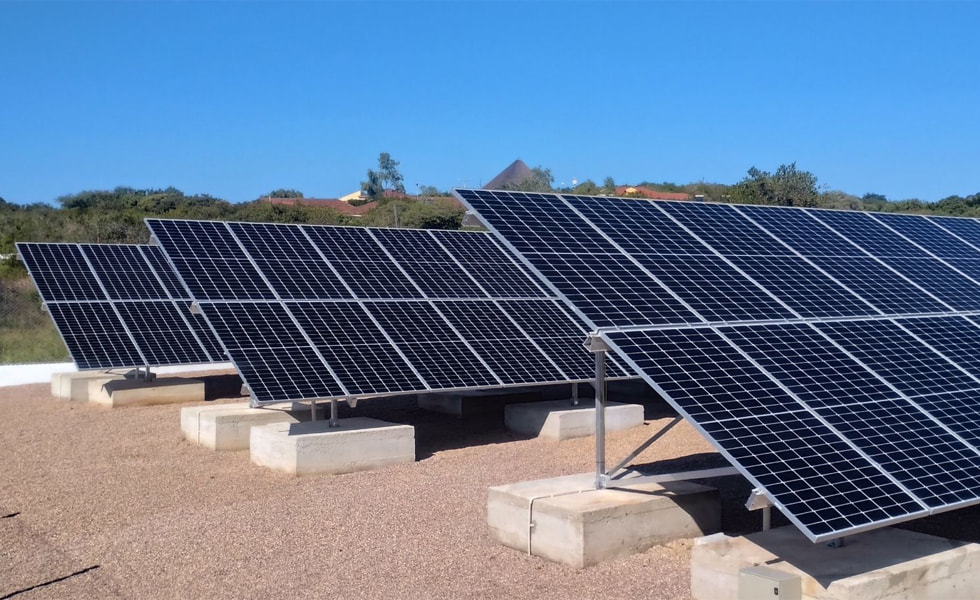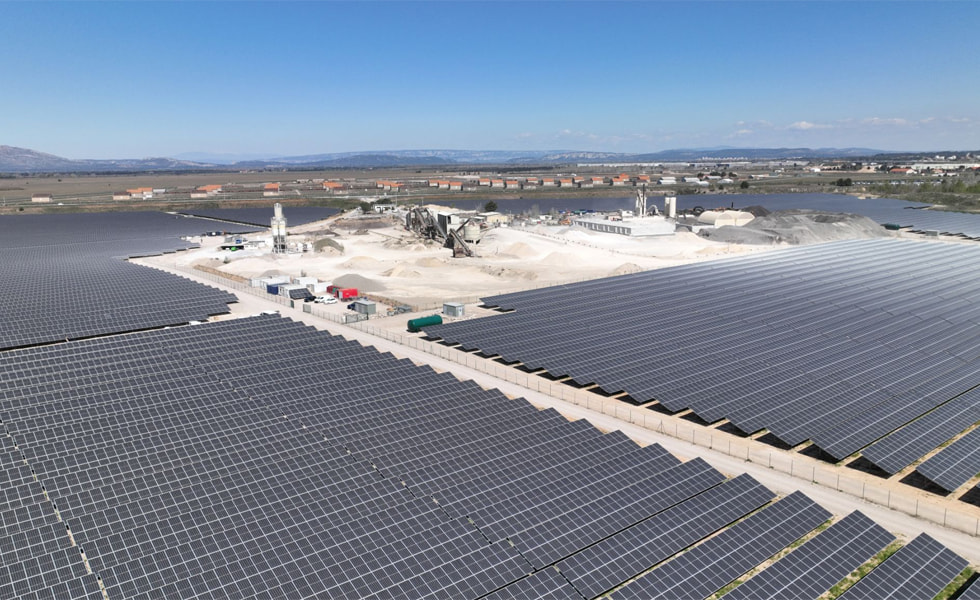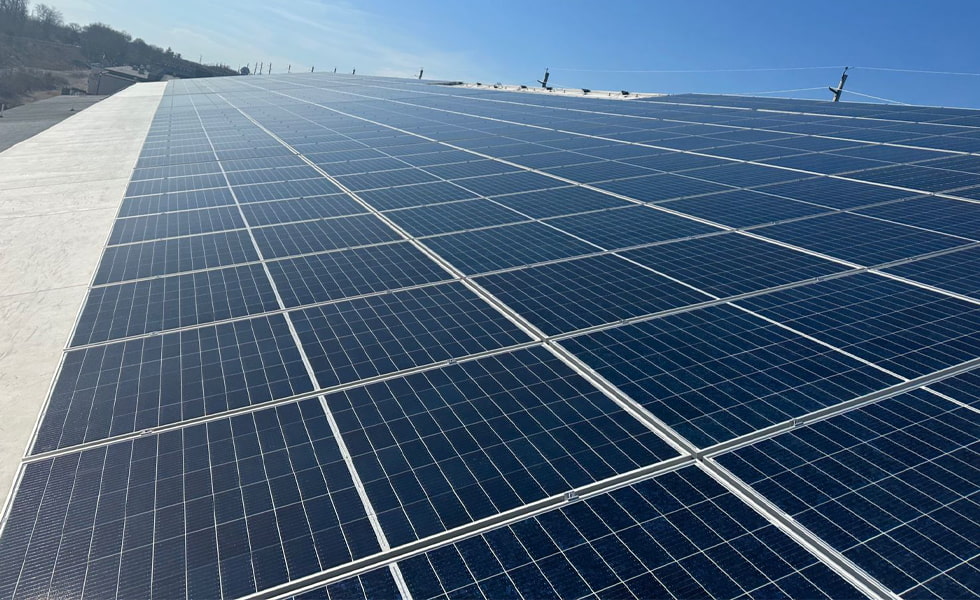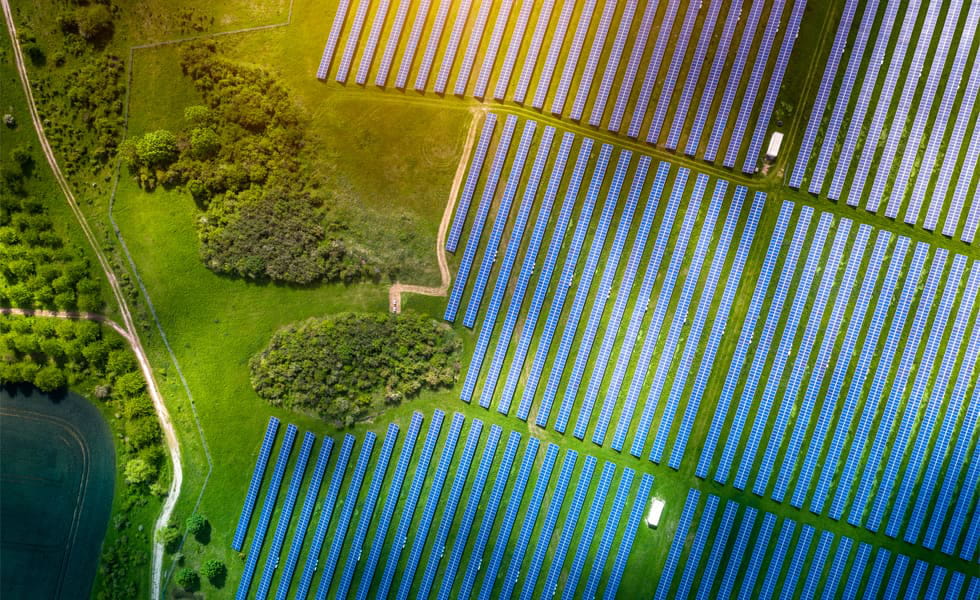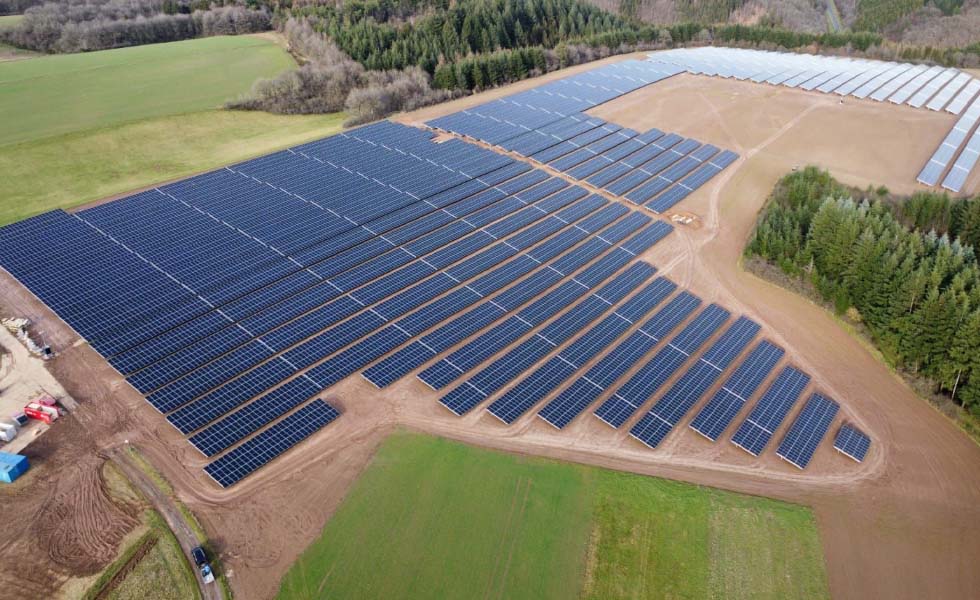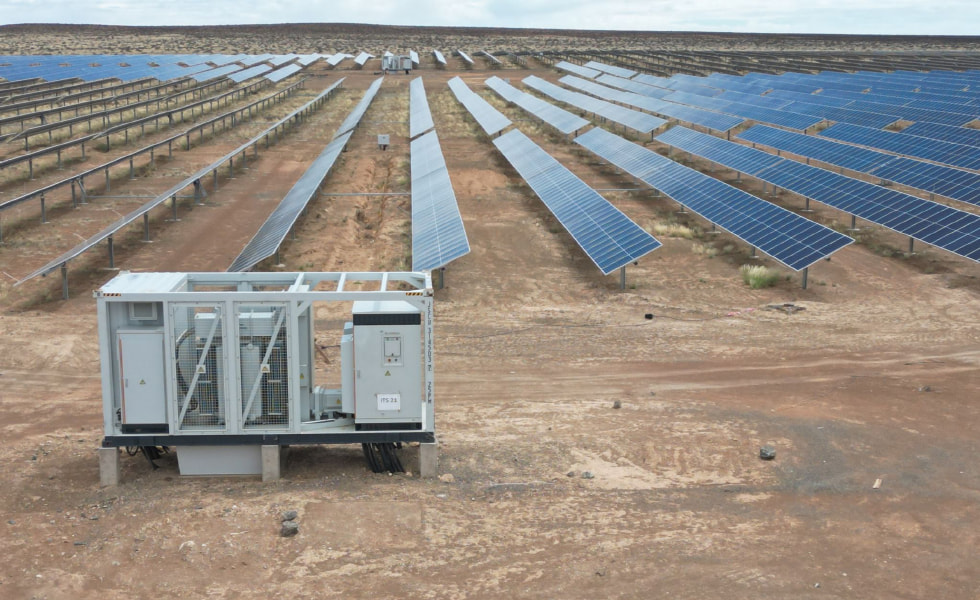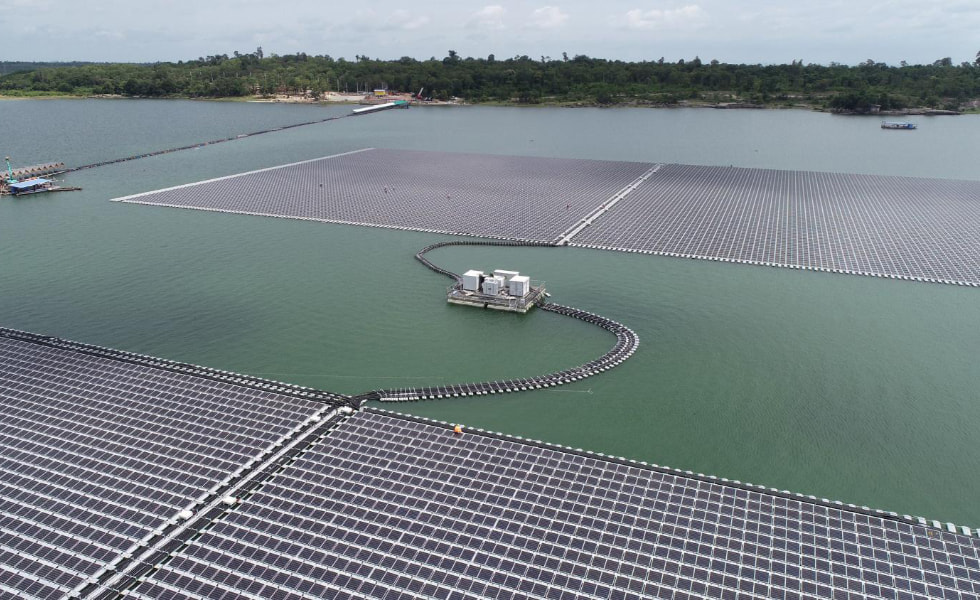Ambitious, Greek photovoltaic potential blooms!
July 07, 2023
Greece's energy history has been dominated by lignite power stations, driven by abundant lignite reserves. At present, however, Greece has begun to make strong statements about the energy transition and has begun to close some old power plants. According to industry commentators, Greece is currently one of the most promising countries for solar PV among the southern European countries, and Greece has been holding clean energy tenders since 2018/19. Currently, Greece also presents a promising PPA market, which we discussed in our cover story on the European market. Greece is a small market of around 10.5 million inhabitants, with tourism as the backbone of its economy. Greece doesn't have much heavy industry, meaning electricity demand is relatively low. However, there are still a large number of solar energy project applications underway, and Greece has the highest stand-alone energy storage target in Europe. Philipp Kunze, project director for BayWa r.e. Greece, said: "In my opinion, Greece is both an opportunity and a challenge. BayWa r.e. has 1.3GW of solar projects in Greece. The interesting aspect of the market is that Greece really understands the energy transition, especially in the power sector , because Greece does have a lot of solar and wind resources." Kunze added that there are several gigawatts of PV applications pending, making Greece "a very competitive market". Due to the relatively limited load in Greece and the limited grid capacity, grid operators are slow to implement grid-connected photovoltaic power generation. Still, the operator has "ambitious plans" to expand the grid, while Greece is exploring the possibility of additional grid connections with various immediate neighbours, including a controversial one with Germany. "The government has a very specific position on grid connection priorities, which has also made some international companies more concerned about the long-term viability or attractiveness of big players in a market like Greece," Kunze said. Looking at fundamental grid issues, most signs are very positive for the future of the Greek solar market. Stelios Psomas, policy advisor to the Greek Association of Photovoltaic Enterprises HELAPCO, said that all indicators, whether installed capacity, pending applications, investment or jobs, point to a peak. While developers are disappointed that it will take months to wait to connect to the grid, for Psomas these are the "best times" so far for the Greek PV industry and "the outlook is even better". While statistics have yet to be released, HELAPCO believes that 2GW could be connected to the grid this year, which Psomas said was a "huge number" for a relatively small country like Greece. In its EU Solar Market Outlook 2022-2026 report, Solar Power Europe noted that in 2022 the Greek market will grow by 62% from the previous year to 1.4GW, driven mainly by small ground-mounted PV projects below 500kW. Positive growth trends have emerged in both the large-scale ground ...
